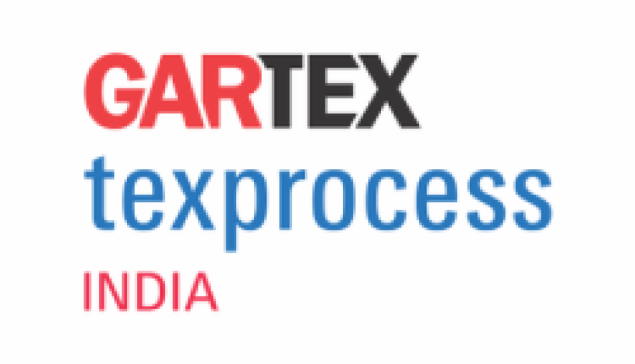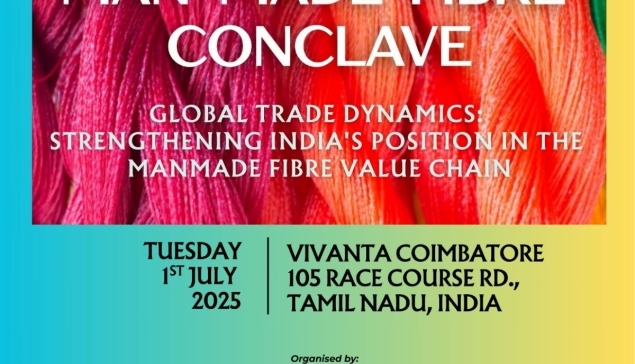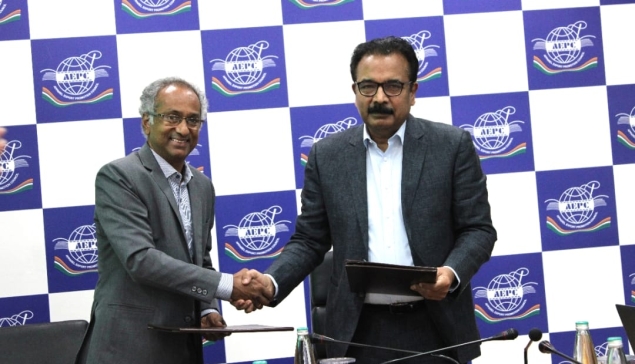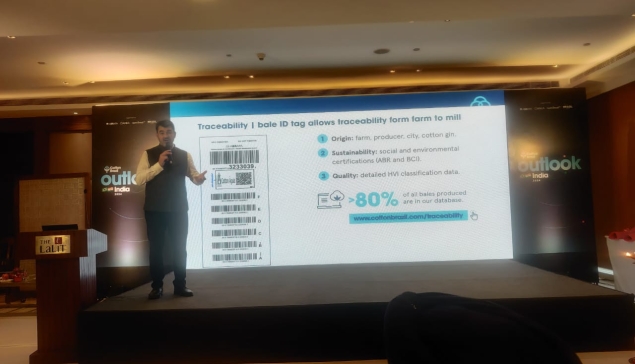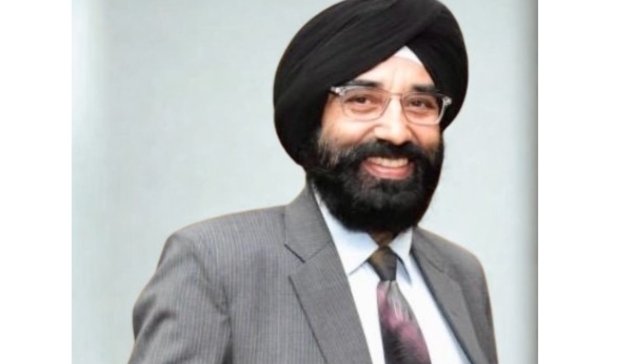No matter the regulations on labeling or packaging, if consumers cannot easily determine whether a food product is healthy, those rules lose their purpose. Clear, straightforward labeling is essential.
For instance, my nephew visited a country where he immediately recognized a chocolate’s unhealthy nature from the label and avoided it. However, in India, consumers often struggle to discern a product’s health impact.
Despite concerns over obesity, junk food, and rising non-communicable diseases, transparency for consumers remains lacking.
While government initiatives like the Jagob campaign aimed to raise awareness through various media, reliance on social media alone is insufficient given India's vast population of 140 crore. Reaching every consumer effectively remains a challenge.
Similarly, awareness about counterfeit drugs is low, despite new government-introduced QR codes on select products. Studies indicate that while 80% of consumers acknowledge counterfeit drugs exist, few can differentiate real from fake.
Join our group
Reports estimate 10-25% of drugs in India are counterfeit, yet regulations are poorly enforced, and many pharmacies avoid providing proper receipts—leaving consumers vulnerable.
Even when laws exist, enforcement is often weak. Advertising misleads consumers with health claims on products high in sugar and junk content. Celebrities endorse such products, and regulatory bodies often turn a blind eye.
The onus remains on consumers to be vigilant. Until authorities take stronger action, misleading marketing and counterfeit concerns will persist.
In the pharmaceutical sector, while government initiatives aim to ensure authenticity, counterfeiters continuously evolve. Barcode and hologram technologies are countered with fake versions.
Addressing these issues demands both technological advancements and stricter enforcement. In public healthcare, India has over 210,000 health institutions, yet accessibility and affordability challenges persist.
Aligning with global health commitments, ensuring universal health coverage, and reducing catastrophic out-of-pocket expenses remain critical objectives.




